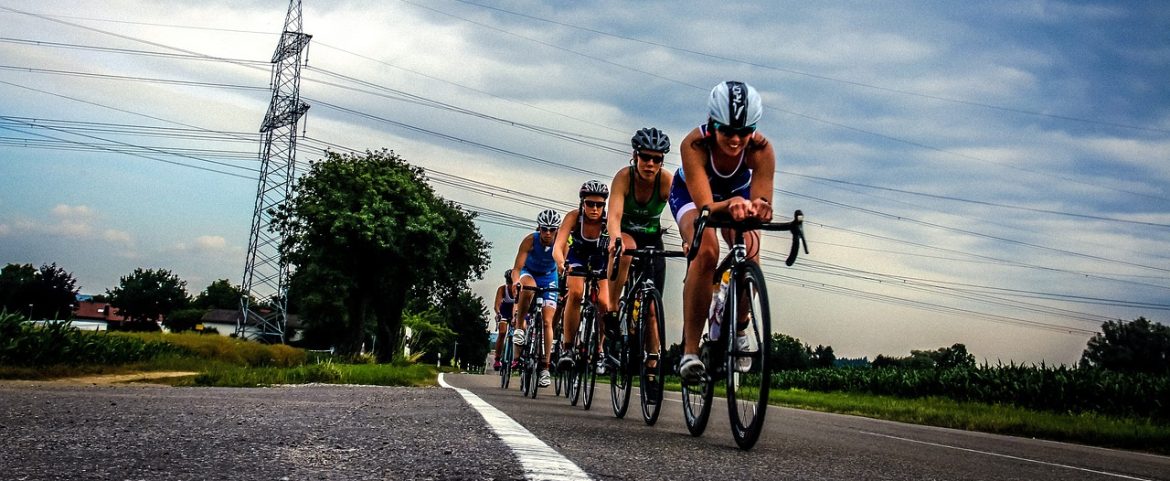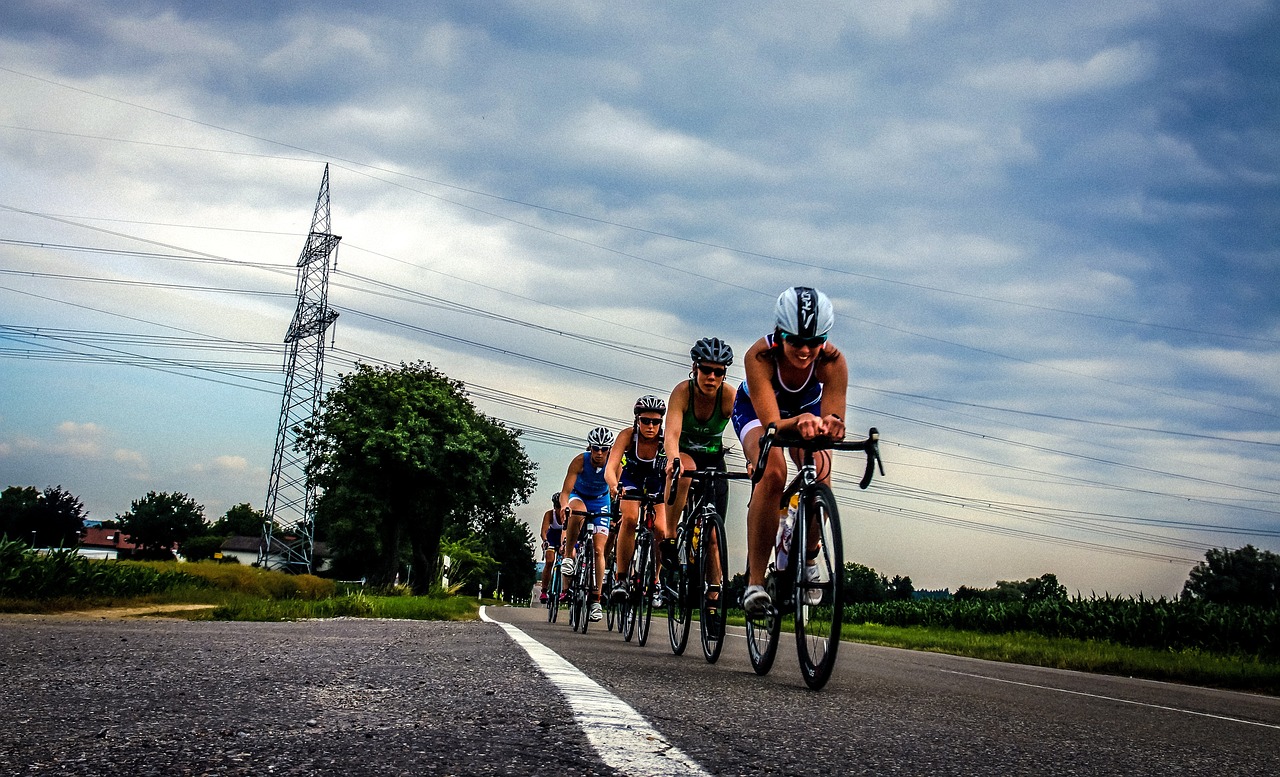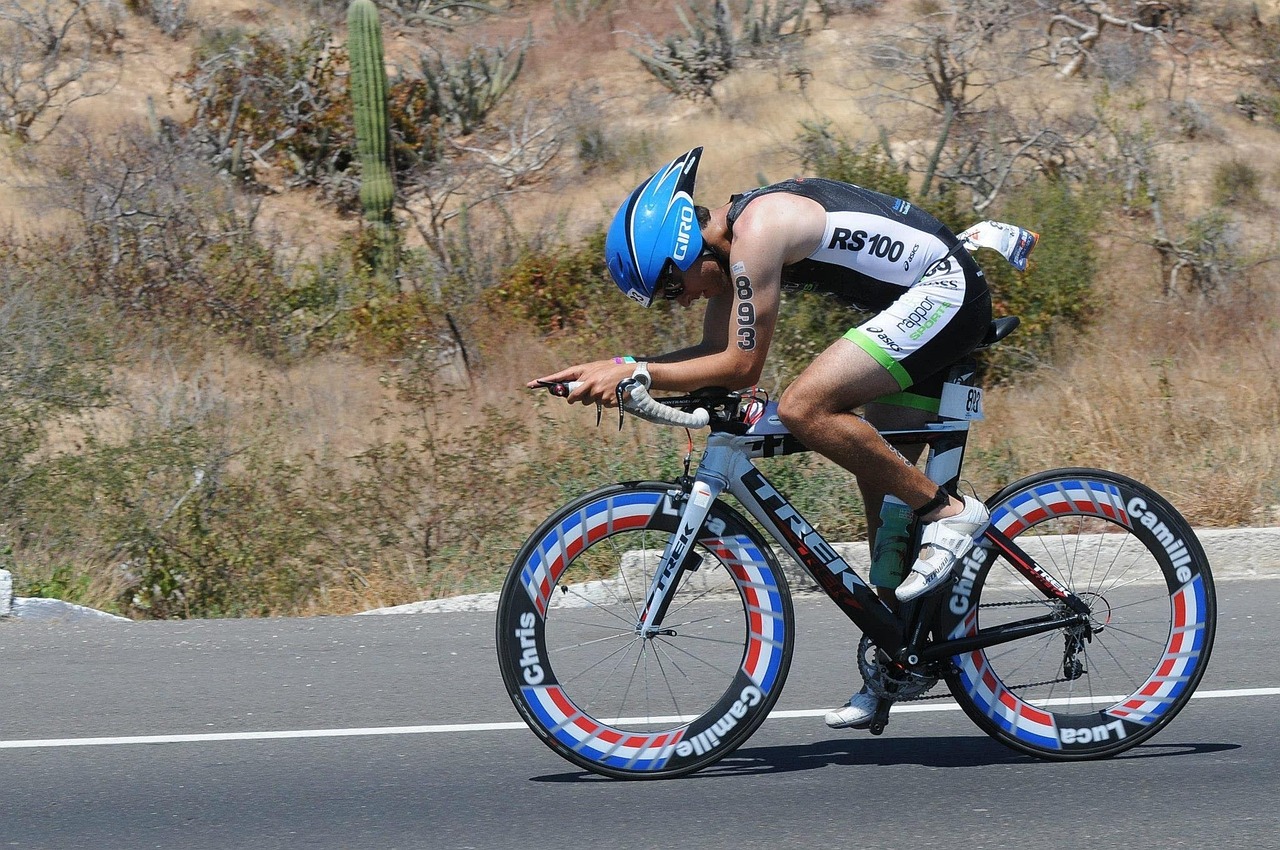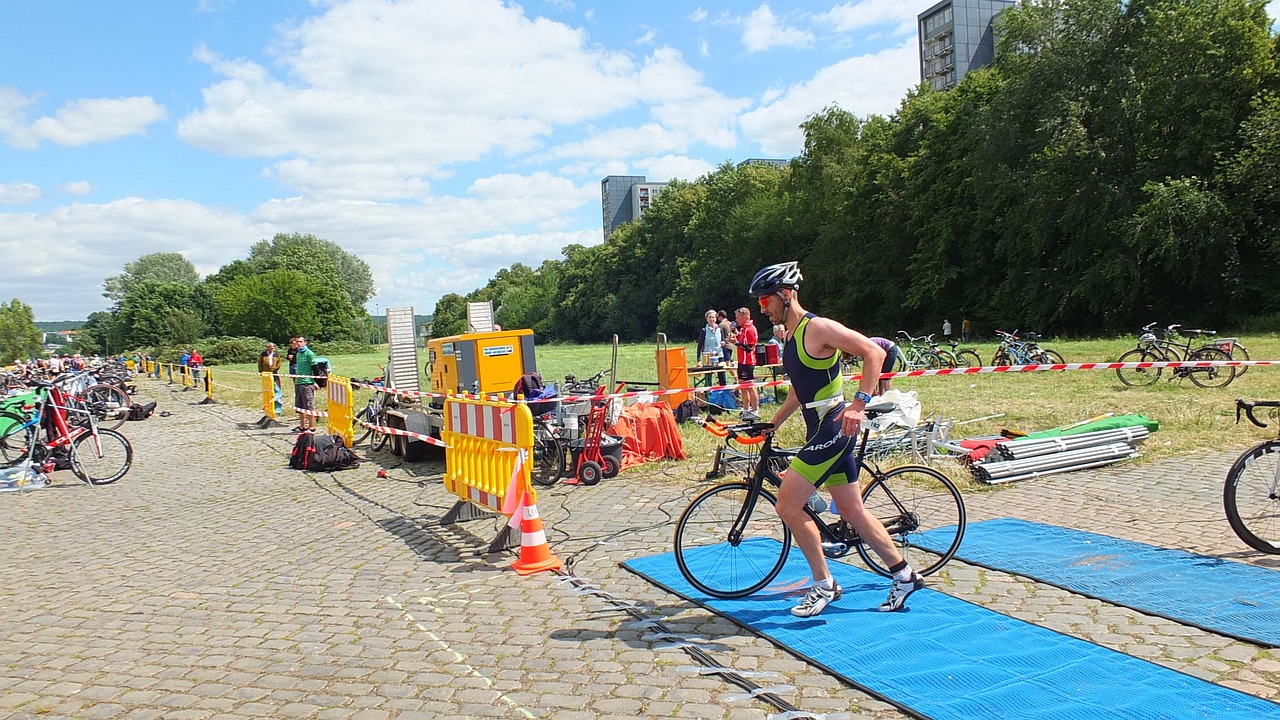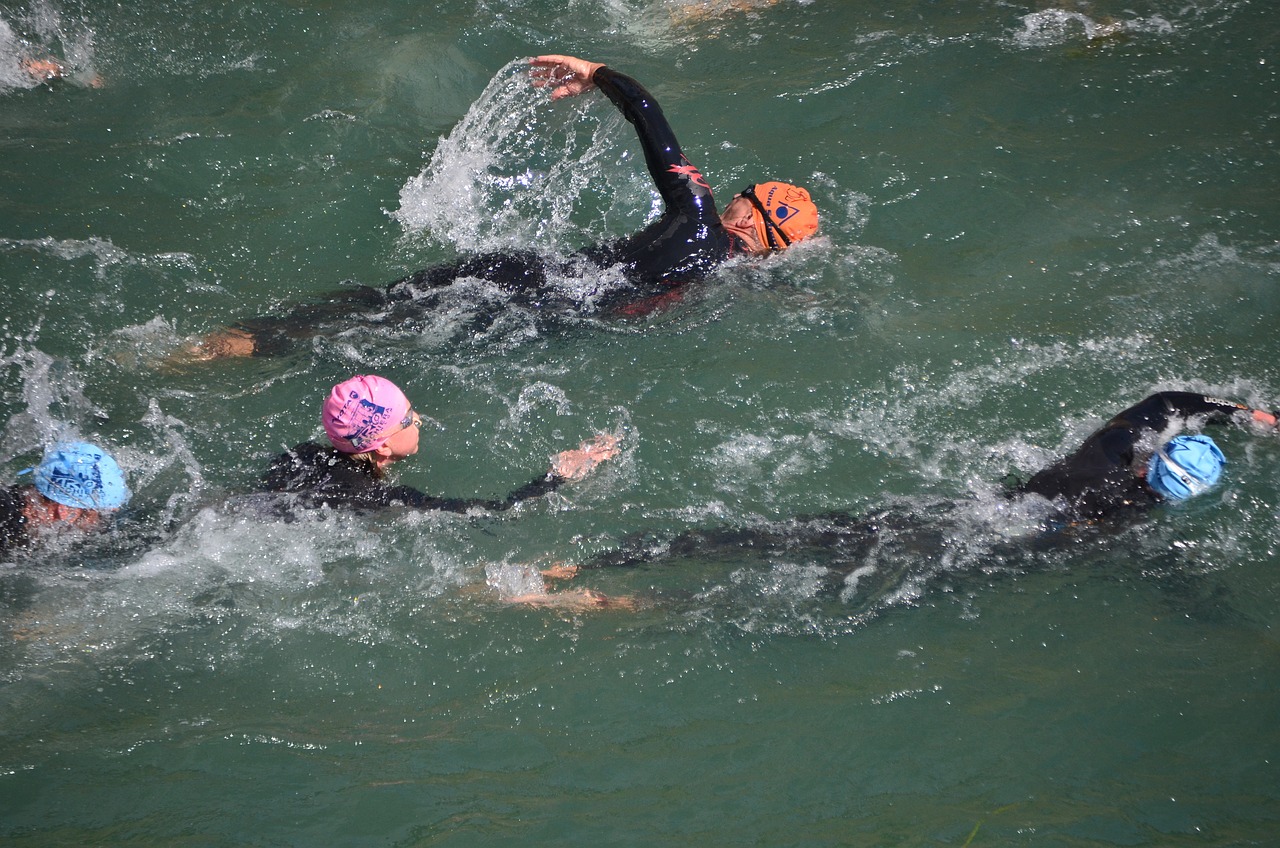Cycling is a low-impact sport with numerous benefits. For instance, it boosts metabolism and helps you burn calories.
Although it seems like cycling benefits the lower body more, it also builds other muscles. Therefore, this article explores the effect of cycling on various muscle groups throughout the body, highlighting how this activity can help a triathlete build muscle endurance.
Muscles Strengthened When You Ride a Bicycle
Triathlons require a training plan that improves your performance in all activities. Cycling is one of these core areas, and it can help you increase your endurance in the other two sports because riding a bicycle works most of your muscles, from the biceps to the hamstrings.
Of course, the first step is getting suitable gear. For instance, you need a bike designed for this sport, say, a triathlon bike from QuintanaRooTri. Once you get your gear ready, here are the key muscle groups that will benefit from regular cycling sessions:
Primary Muscle Groups
Your body uses your legs and hips muscles to produce the energy and speed needed to pedal in a triathlon. The primary muscles, such as your calves, hamstrings, and quadriceps, are in these body parts, and you use these muscle groups during the upstroke or downstroke of the pedal stroke.
For example, you may need quadriceps during the downstroke as they contract to extend your knee to push the pedal down. In addition, hamstrings may be more beneficial during the recovery phase, which is the upstroke, allowing you to pull the pedal upward. Further, when you climb or sprint, you may engage your glutes to generate power.
Secondary Muscle Groups
Your body also engages other body parts, such as your lower back, the abdominals, and the obliques. These offer stability for the lower body to pedal. For instance, your core muscles, like the obliques, keep your upper body steady so you don’t expend energy when you need it more for the pedal strokes.
You also require the correct posture to maintain the speed; thus, cycling builds endurance in your lower back and spine to maintain a suitable cycling position. Over time, you gain the endurance to cycle for hours without feeling fatigued. Another section of your secondary muscles that benefits is your hip flexors. They work alongside your hamstrings to maintain balance as you pedal.
How Cycling Builds Endurance for a Triathlete
Since it’s an aerobic exercise, it builds your cardiovascular system, enabling efficient blood flow for a steady oxygen supply to all organs. Therefore, your body can accommodate the long hours needed to train and run a triathlon.
On top of that, having high and low-intensity intervals in your cycling routine builds your resistance, producing the endurance needed for rigorous triathlon activities.
Cycling also has cross-training benefits for a triathlete because it’s a suitable active recovery method after swimming for hours. It helps your body get rid of lactic acid.
Although many do not acknowledge this, cycling also boosts your mental endurance. Maintaining long training hours as a cyclist and the sheer mental stamina needed to cycle despite discomfort builds your resilience and prepares you for the equally demanding triathlons.
Final Thoughts
Cycling will improve your performance in triathlons because it will strengthen the muscle groups needed for such a demanding sport. Further, it will boost your cardiovascular system, allowing you to overcome the challenges of swimming. It may also improve your mental endurance, preparing you for the rigors of triathlons.
Written by [email protected]


